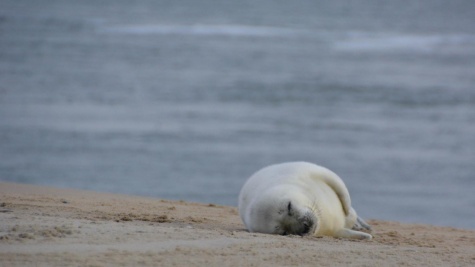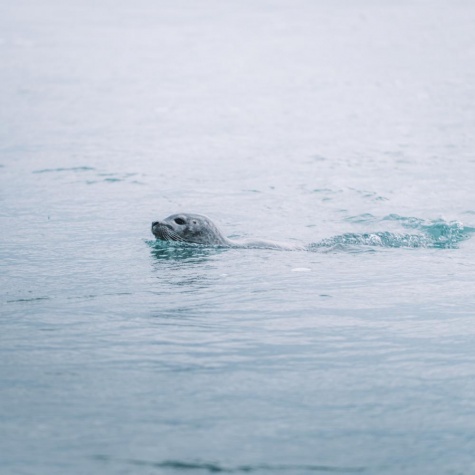
Seth Hahn | Writer
February 7, 2021
Seal clubbing in northern countries has been a common practice dating back to the 1600s. It is one of the many animal product trades and in the past has generated a great amount of wealth for these countries. However, the cruelty of their hunting techniques has been brought to the attention of the United States and European Union. Ultimately, they banned the import of both grown white-coat seals and pups younger than two to three weeks.
The massive seal industry that once existed is now a skeleton of its previous glory due to the great mass of money that pup fur once accumulated. In the mid 2000s, around 300,000 harp seals were killed every year. Thanks to consistent efforts to lower that number, the amount of deaths has been reduced to around 32,000 in 2019.

“Even though the numbers have been lowered so much, seal clubbing is still one of the largest mammal killing events in the world,” junior Cameron Trunec said. “As a pinniped enthusiast, it is disheartening and disappointing that baby seals are being murdered for commercial use.”
Unfortunately, global climate change and, in turn, rapid sea ice loss has put immense pressure on the population. “It could lead to harp seals becoming an endangered species,” junior Adam Brower said.
“Along with loss of their original habitat, the animals are pushed closer to human areas, where it is harder to find food, and they are even more susceptible to dangerous encounters with humans,” junior Shayna Sparks said.
On a happier note, thanks to the advent of the COVID-19 pandemic, the seal population has flourished. Last year, less than 500 commercial seal deaths were reported.

Leave a Reply